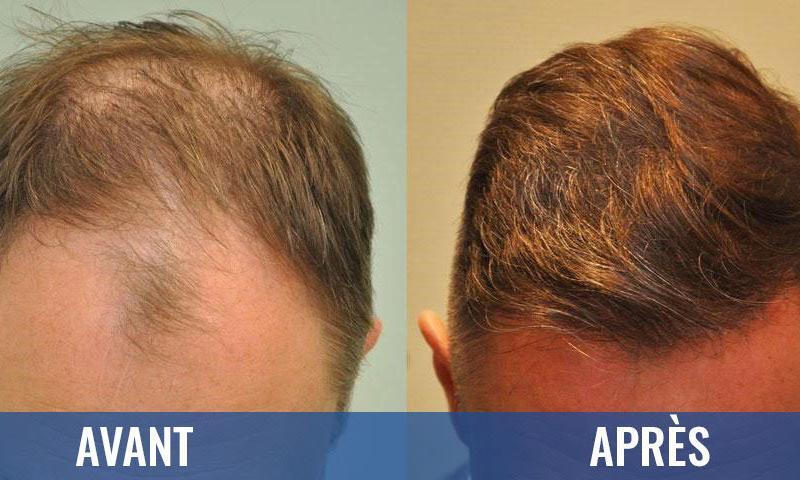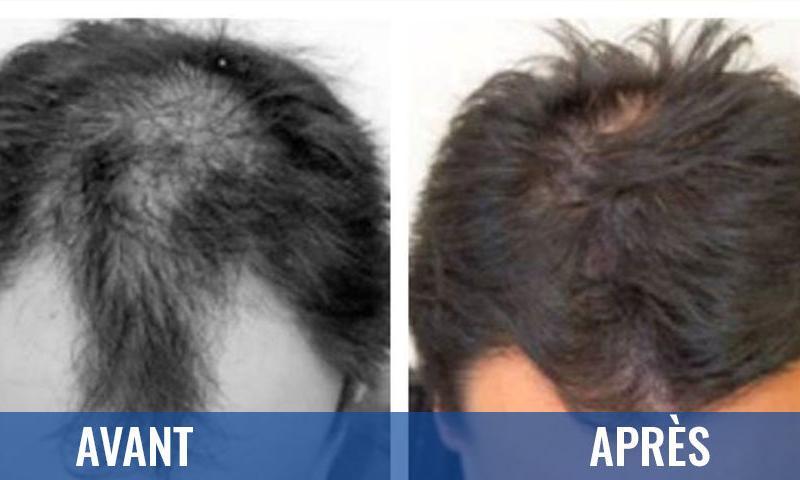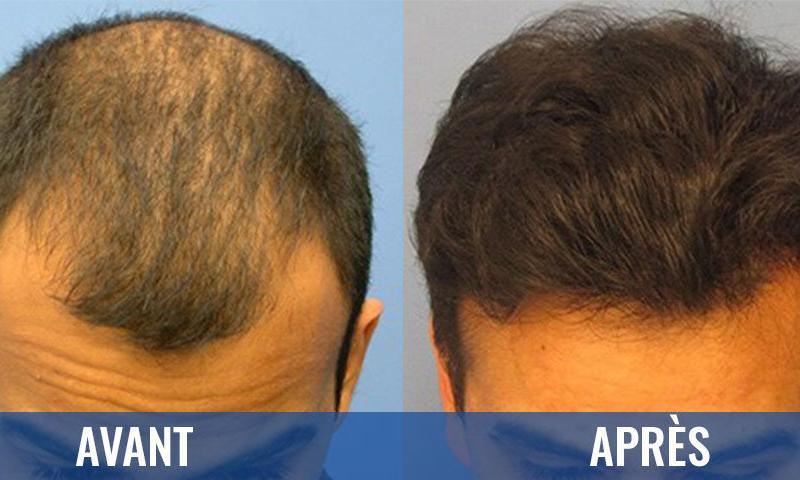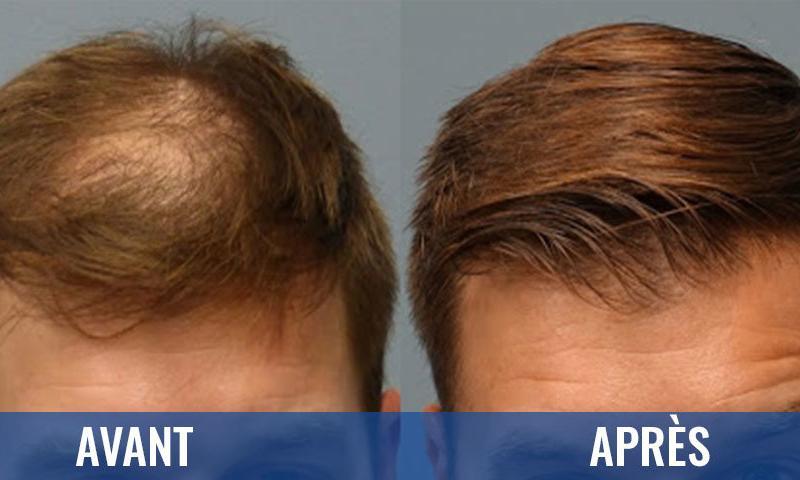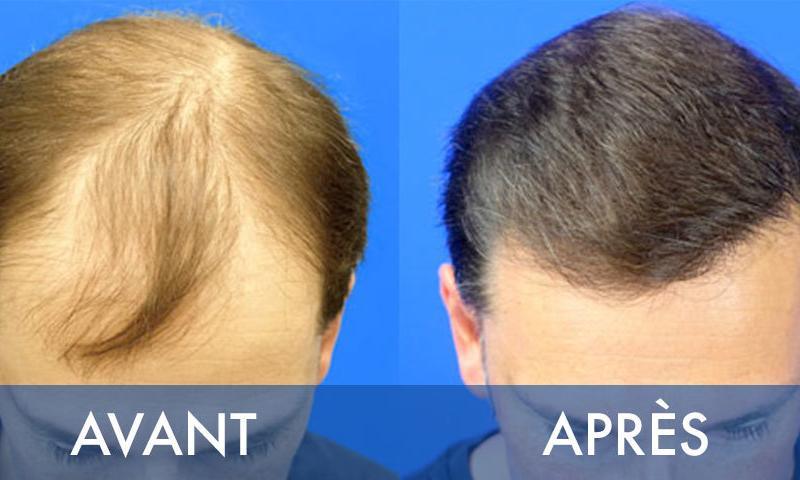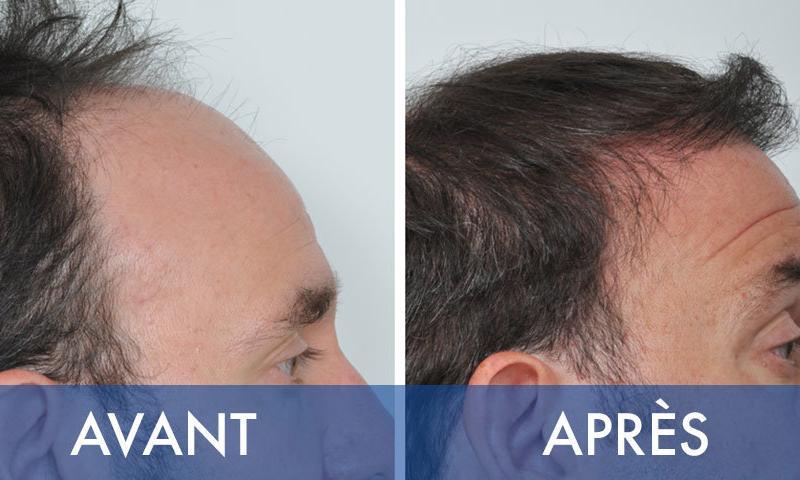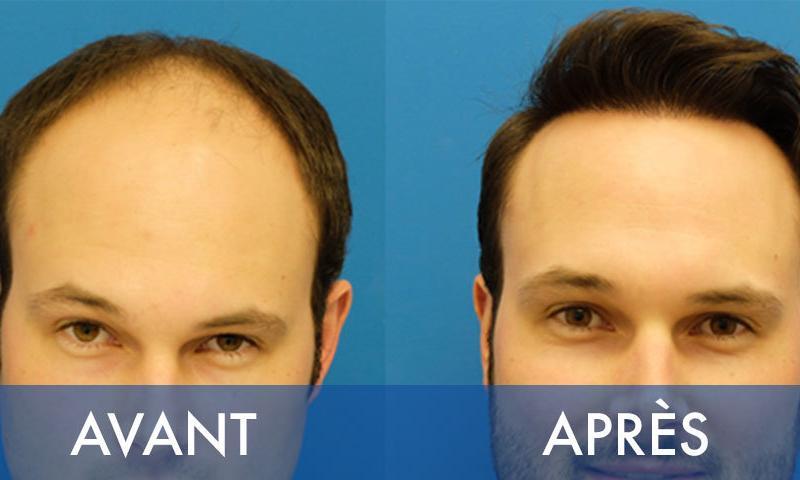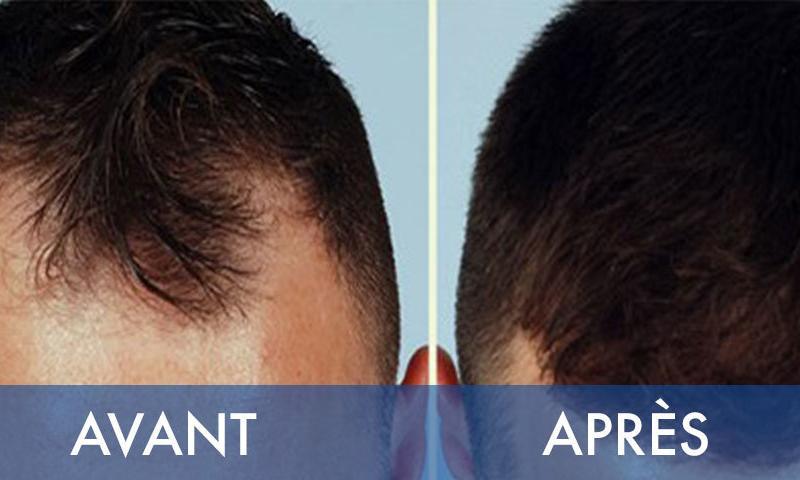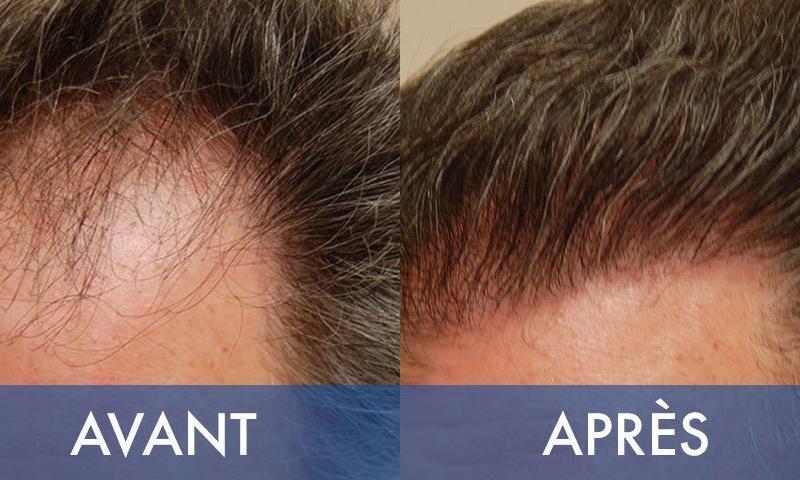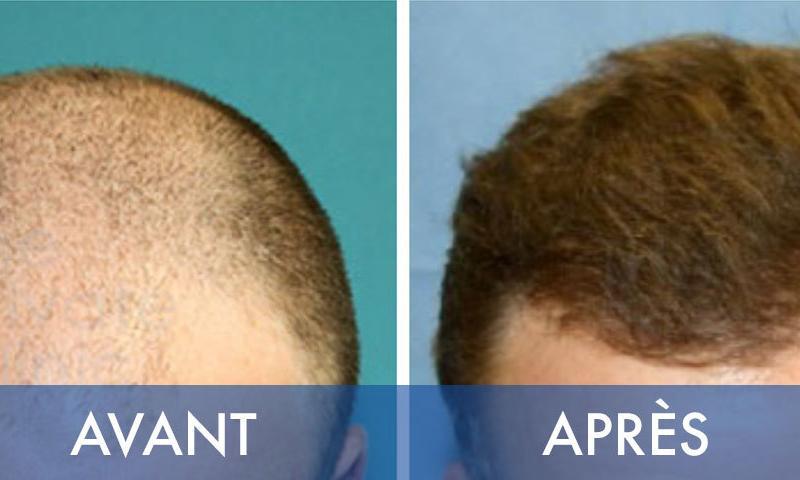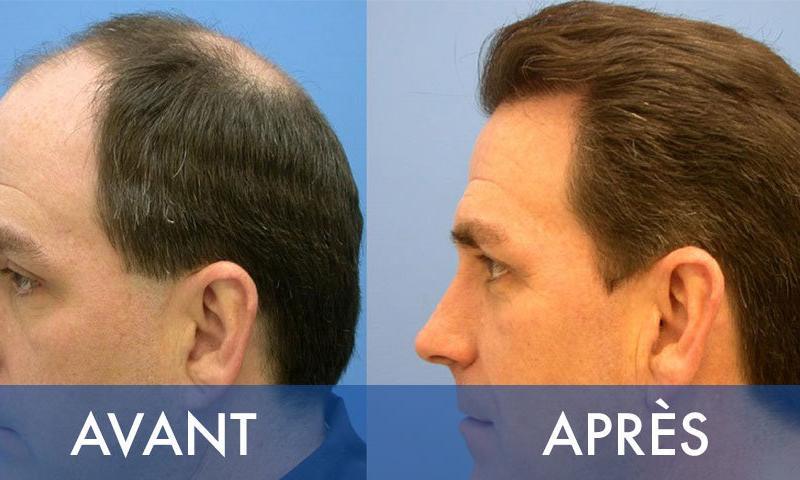
Hair Transplantation in Men
Hair loss in men is 95 percent genetic. This condition is called androgenetic alopecia. The first signs of androgenetic alopecia are hair loss from the forehead to the back. Hair begins to decrease in the forehead area, temple area and crown area. Apart from this, another reason for hair loss in men is the low functioning of thyroid hormones. Stress, environmental pollution, chemotherapy drugs, lifestyle eating habits, some drugs used and ringworm disease are among the causes of hair loss.
How is hair transplantation done in men?
At the first stap, the patient is photographed. The patient’s hair is scraped with a special razor. The patient is given local anesthesia. Thus, the hair transplantation process is performed painlessly and painlessly. In hair transplantation, follicular unit extraction, in short, fue technique is used.
Generally, hair clumps, ie hair grafts, taken from the upper border of the patient’s ear or the nape area are kept in special solutions.
According to the photograph taken from the patient, the places to be transplanted are analyzed and determined. Then, the hair channels are opened on the scalp of the patient and the hair grafts taken are placed in these channels one by one.
Finally, the patient’s scalp is cleaned with special lotions. The surgeon gives information about what to do after the operation and the procedure is completed.
Two days after the hair transplant procedure, the patient’s head area is washed. This process is repeated once a day for ten days. In the last wash, all crusts formed in the area are completely shed. The patient should sleep on a high pillow for three days after the hair transplant procedure. One month after this procedure, the first hair falls out. At the end of the third month, the hair starts to grow again. The result is completely visible at the end of one year.

 +90 541 549 5222
+90 541 549 5222